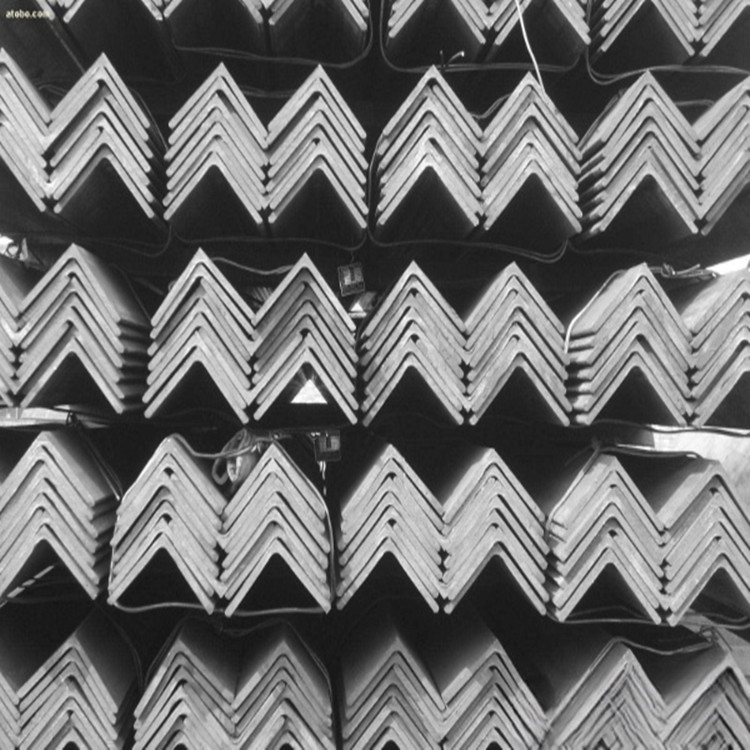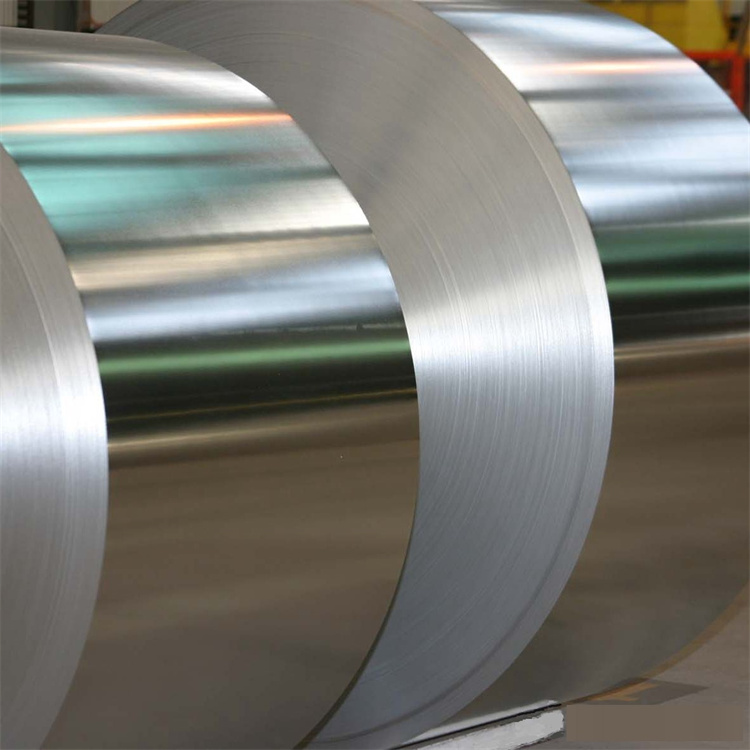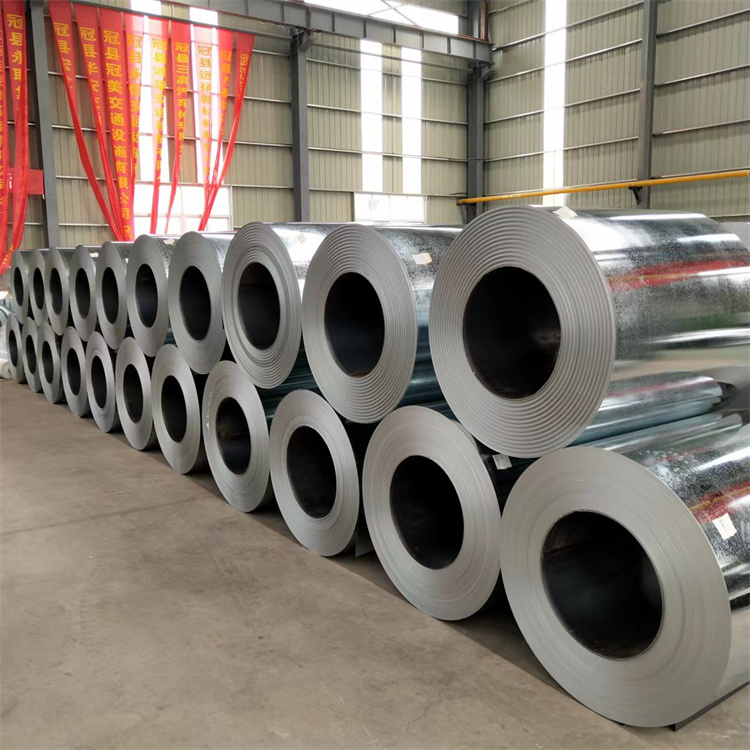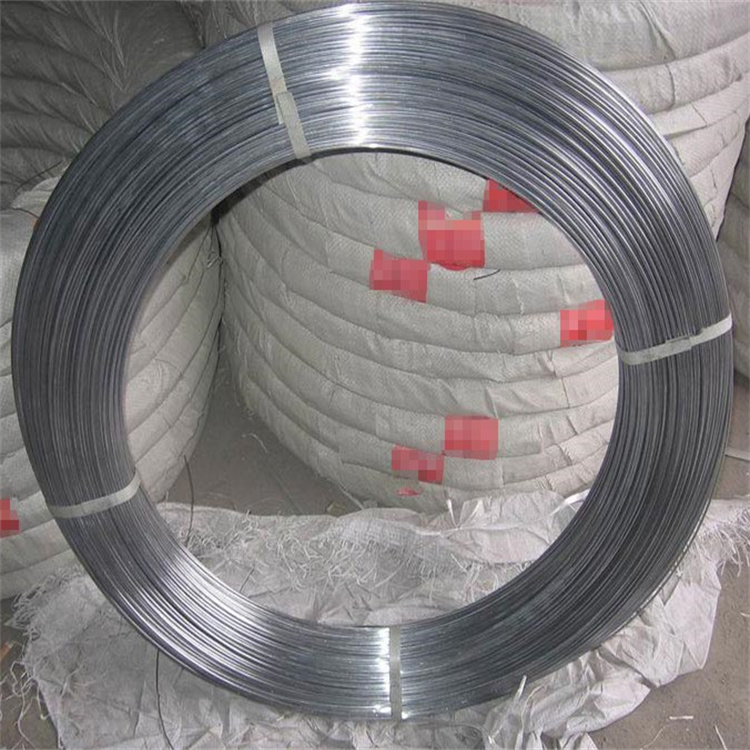Hot Dipped Galvanized Steel Coils Uses
Hot dipped galvanized steel coils play a crucial role in various industries, offering an affordable yet durable solution for preventing corrosion. The process of galvanization involves immersing steel in molten zinc, which forms a protective layer. This not only increases the longevity of the steel but also makes it versatile across multiple sectors, including construction, automotive, and agriculture. In this article, we’ll explore the uses, benefits, and market insights of hot dipped galvanized steel coils and introduce the high-quality products offered by China Xino Group.
What is Hot Dipped Galvanized Steel?
Hot dipped galvanization is a metallurgical process where steel sheets are submerged in molten zinc at temperatures around 450°C (842°F). The zinc reacts with the steel, creating a robust layer that prevents rust and corrosion. This coating can extend the lifespan of steel to more than 50 years in some cases. Galvanized steel coils are available in a range of thicknesses and specifications to meet the requirements of different industries.
Global Market Overview
The global market for hot dipped galvanized steel is substantial and continues to grow. In 2023, the market was valued at approximately $189 billion USD, with a projected annual growth rate (CAGR) of 5.6% from 2023 to 2030. This growth is driven by increasing construction projects, automotive manufacturing, and renewable energy initiatives worldwide. Countries like China, the United States, and India are leading in production and consumption, accounting for over 70% of the total market share.

Key Uses of Hot Dipped Galvanized Steel Coils
1. Construction Industry
The construction sector is the largest consumer of galvanized steel coils, utilizing them for building structures, roofing, and infrastructure. They are preferred due to their ability to withstand harsh weather, chemicals, and mechanical stress. According to recent data, over 40% of the total galvanized steel produced globally is consumed by the construction industry.
Roofing and Cladding: With a lifespan of over 30 years under standard environmental conditions, galvanized steel roofing is a popular choice for residential, commercial, and industrial buildings. Its corrosion resistance helps in reducing maintenance costs and ensuring safety.
Structural Components: Hot dipped galvanized steel is used in making beams, columns, and support structures, especially in coastal or high-humidity environments where corrosion is a significant concern. It is estimated that 65% of the steel used for infrastructure in coastal areas is galvanized.
2. Automotive Sector
In the automotive sector, hot dipped galvanized steel is used to produce body panels, frames, and other critical components. Over 80% of a car’s steel parts, including the underbody and structural sections, are galvanized to ensure long-term durability.
Car Body Panels: Approximately 2.4 million tons of galvanized steel are used annually in car manufacturing globally. The zinc coating protects the body from road salt, moisture, and various chemicals that lead to rust.
Lightweight and Strong: With advancements in high-strength steel, galvanized coils can be made thinner without compromising structural integrity, leading to lighter and more fuel-efficient vehicles.
3. Electrical and Electronics
The demand for electrical equipment, which often operates in moisture-prone environments, has made galvanized steel indispensable. Products like air conditioning units, washing machines, and refrigerators incorporate galvanized steel due to its excellent rust-resistant properties.
Protective Casings: Statistics show that using galvanized steel for electrical equipment can extend its lifespan by 20-30%, making it a cost-effective choice for manufacturers.
Household Appliances: According to market reports, the appliance sector's consumption of galvanized steel is expected to grow by 4.3% annually due to increasing global urbanization.
4. Agriculture
Hot dipped galvanized steel coils are commonly used in the agriculture industry for equipment, fencing, and storage. Since the steel is exposed to fertilizers, water, and soil, its corrosion-resistant properties make it ideal for such applications.
Farming Equipment and Fencing: With a yearly consumption of over 700,000 tons, the agricultural sector relies on galvanized steel for durability and ease of maintenance.
Grain Silos and Storage: Hot dipped galvanized steel is used in storage bins and grain silos, providing a stable and long-lasting solution for agricultural needs.
5. Energy and Power Sector
Galvanized steel coils are essential in the energy sector for applications like wind turbines, solar panel mounts, and power transmission towers. With the push for renewable energy, there is a rising demand for corrosion-resistant, high-strength steel products.
Solar Panel Mounts: Using galvanized steel for solar infrastructure reduces installation and maintenance costs. According to industry data, 50% of all solar panels are mounted using galvanized steel structures.
Power Transmission Towers: The demand for hot dipped galvanized steel in transmission towers is expected to grow by 6.2% annually, with rapid expansion of grid infrastructure in developing countries.
Benefits of Hot Dipped Galvanized Steel Coils
1. Superior Corrosion Resistance
The zinc layer on hot dipped galvanized steel prevents the steel from coming into direct contact with moisture, oxygen, and other corrosive elements. Tests show that the protective coating can withstand exposure to saltwater and harsh weather for extended periods, making it a prime choice for coastal regions.
2. Longevity and Durability
Galvanized steel has a proven track record of lasting decades without significant degradation. Studies indicate that galvanized steel products can last up to 50 years in rural environments and 20-25 years in more aggressive industrial or coastal environments.
3. Cost-Effective
Hot dipped galvanized steel is often more affordable than stainless steel. Its long lifespan, minimal maintenance requirements, and relatively low production costs contribute to reduced overall expenses for businesses.
4. Recyclable and Sustainable
With growing environmental concerns, the recyclability of galvanized steel is an important benefit. Over 90% of galvanized steel products can be recycled, reducing waste and supporting sustainable development goals.
The Advantages of Hot Dipped Galvanized Steel Over Other Types of Coating
Hot dipped galvanized steel has distinct advantages over other types of coatings such as electro-galvanization, powder coating, and painting. Understanding these benefits can help industries make informed decisions on the right material for their projects.
Superior Corrosion Resistance:
One of the primary benefits of hot dipped galvanized steel is its superior corrosion resistance. The process involves immersing steel in molten zinc, which reacts to form a robust, durable layer. This coating serves as a barrier against moisture, oxygen, and other corrosive elements, protecting the underlying steel. Studies show that hot dipped galvanized steel can last over 50 years in rural environments and 20-25 years in coastal or industrial settings. By comparison, painted steel might require recoating every 5-10 years, depending on exposure conditions.
Uniform Coverage and Protection:
Unlike other coatings that may be sprayed or applied unevenly, the hot dip process ensures uniform coverage, including edges and crevices. This is crucial for applications such as roofing, fencing, and automotive parts where every part of the steel must be protected. Electro-galvanized steel, on the other hand, tends to have thinner coatings, making it less suitable for highly corrosive environments.
Economical Solution:
Cost is always a significant factor in choosing materials, and hot dipped galvanized steel offers an economical alternative. The initial cost of hot dipped galvanizing might be higher than other methods like powder coating or painting, but the longevity and minimal maintenance translate to lower overall costs. According to industry data, the lifetime cost of hot dipped galvanized steel can be 30-40% less than that of painted steel due to reduced maintenance and replacement expenses.
Ease of Inspection and Maintenance:
Another advantage is the ease of inspecting the coating. The thickness and integrity of the galvanized layer can be visually inspected without the need for sophisticated testing equipment. Moreover, should the zinc layer get damaged, it offers sacrificial protection, meaning that the zinc will corrode before the steel, prolonging the life of the product.
Versatile Applications:
The versatility of hot dipped galvanized steel also stands out. Its use spans across multiple industries, including construction, automotive, agriculture, and renewable energy. For example, galvanized steel is ideal for structural beams, pipelines, automotive panels, and even in the production of solar mounts, where long-term reliability is a must.
Case Study: Bridges and Infrastructure
One notable example of hot dipped galvanized steel’s advantage is its use in infrastructure projects. The Third Mainland Bridge in Lagos, Nigeria, utilized galvanized steel for guardrails, reducing maintenance costs significantly. The guardrails have been in place for over 25 years with minimal signs of corrosion, despite being exposed to a humid and salt-laden environment.
In summary, the advantages of hot dipped galvanized steel—superior corrosion resistance, uniform coverage, cost-effectiveness, and versatility—make it a preferred choice over other coating methods. Industries looking to minimize long-term maintenance and ensure durability should consider hot dipped galvanization as a viable option.
The Galvanization Process Affect the Longevity of Steel Products
The galvanization process plays a critical role in determining the longevity of steel products. By coating steel with a layer of zinc, hot dipped galvanization enhances the steel's resistance to environmental factors that lead to corrosion, ultimately extending the product's lifespan.
Protective Barrier Against Corrosion:
The zinc layer formed during the hot dip process acts as a protective barrier. It prevents moisture and oxygen from coming into direct contact with the steel, which is the primary cause of rust. Data from the American Galvanizers Association indicates that hot dipped galvanized steel can last up to 75 years without significant maintenance in some environmental conditions. This contrasts sharply with untreated steel, which may begin to show rust within months of exposure to water and oxygen.
Self-Healing Properties:
One of the unique aspects of the galvanization process is its ability to provide sacrificial protection. If the galvanized layer gets scratched or damaged, the surrounding zinc will corrode instead of the steel, thereby "healing" the affected area. This sacrificial protection ensures that even when the coating is partially compromised, the steel underneath remains protected.
Thickness Matters:
The thickness of the zinc coating is a crucial determinant of longevity. Generally, the thicker the coating, the longer the steel product will last. For example, steel products with a zinc coating of 85 microns can provide up to 100 years of rust-free service in rural environments. This is why industrial and structural applications often demand thicker coatings, particularly in harsh conditions such as offshore oil rigs or coastal infrastructure.
Real-World Application: Offshore Wind Farms
A real-world application demonstrating the importance of galvanization is found in offshore wind farms. The foundations and structures of these wind turbines are often made from hot dipped galvanized steel because of the extreme conditions they face. Offshore environments are characterized by high humidity, salt spray, and constant exposure to water. Despite these challenging conditions, galvanized steel structures have been found to last over 20 years without the need for replacement or heavy maintenance.
Comparison with Other Coatings:
When compared to alternative coatings like electroplating or paint, hot dipped galvanization offers superior longevity. For instance, electro-galvanized steel, which involves a thinner coating of zinc applied through an electrochemical process, has a shorter lifespan because the coating can wear away more easily. Painted steel may provide initial protection, but without regular recoating, it will eventually succumb to corrosion, leading to higher long-term costs.
Cost-Benefit Analysis:
Longevity is directly linked to cost savings. Businesses investing in galvanized steel often see lower lifetime costs because they spend less on maintenance, replacements, and repairs. A study showed that using hot dipped galvanized steel in bridge construction projects could reduce maintenance costs by up to 50% over a 30-year period.
In conclusion, the galvanization process significantly extends the lifespan of steel products by providing a robust, self-healing, and durable layer of protection. This makes it an ideal choice for industries looking for long-term performance in corrosive environments.

The Thickness of the Zinc Coating Affect the Performance of Hot Dipped Galvanized Steel
The thickness of the zinc coating on hot dipped galvanized steel plays a crucial role in its performance, especially in terms of corrosion resistance and durability. Understanding how different thicknesses impact steel’s performance can help industries choose the right material for their specific needs.
Corrosion Protection and Longevity:
The primary function of the zinc coating is to protect the underlying steel from corrosion. As a rule, the thicker the zinc coating, the more protection it provides. According to the American Galvanizers Association (AGA), a coating thickness of 85 microns can last up to 100 years in rural environments and around 20-40 years in industrial or coastal environments. This significant increase in lifespan directly correlates with the thickness of the zinc coating. For example, thinner coatings of 15-25 microns, such as those produced through electro-galvanizing, may last only 10-15 years in similar conditions.
Zinc Coating Classes and Standards:
Hot dipped galvanized steel coatings are classified into different thickness levels, often measured in microns (µm). International standards like ASTM A123 and ISO 1461 set guidelines for coating thickness based on the intended use. For instance, general structural steel may require a minimum coating thickness of 85 microns, while smaller components like nuts and bolts may need only 40-50 microns. Heavier coatings are usually recommended for structures exposed to aggressive environmental conditions, such as bridges and marine applications.
Impact on Wear and Tear Resistance:
In addition to corrosion resistance, the zinc coating thickness influences the steel’s resistance to physical wear and tear. Thicker zinc coatings provide a more robust shield against mechanical damage, such as scratches, abrasions, and impacts. This is particularly important in industries like agriculture and transportation, where equipment is subjected to rough handling and harsh conditions.
Real-World Example: Bridges and Infrastructure Projects
An example of the importance of zinc coating thickness is evident in bridge construction projects. The Millau Viaduct in France, one of the tallest bridges in the world, uses hot dipped galvanized steel for its guardrails and structural components. Due to its exposure to harsh weather conditions, including high winds and rain, a thick zinc coating of around 100 microns was applied to ensure long-lasting protection. The thick coating reduces maintenance costs and extends the lifespan of the structure by decades.
Thicker Zinc Coatings in Extreme Environments:
In marine and offshore environments, where the combination of saltwater and humidity significantly accelerates corrosion, thicker zinc coatings of over 100 microns are commonly used. Offshore oil rigs and coastal infrastructure, such as piers, often rely on galvanized steel with thick zinc coatings to ensure long-term durability. For example, studies have shown that pipelines with zinc coatings of 100-150 microns can withstand marine environments for over 50 years without showing significant signs of rust.
In conclusion, the thickness of the zinc coating on hot dipped galvanized steel directly affects its performance in terms of corrosion resistance, durability, and mechanical protection. Industries operating in harsh or corrosive environments should opt for thicker coatings to ensure long-term performance and cost savings.
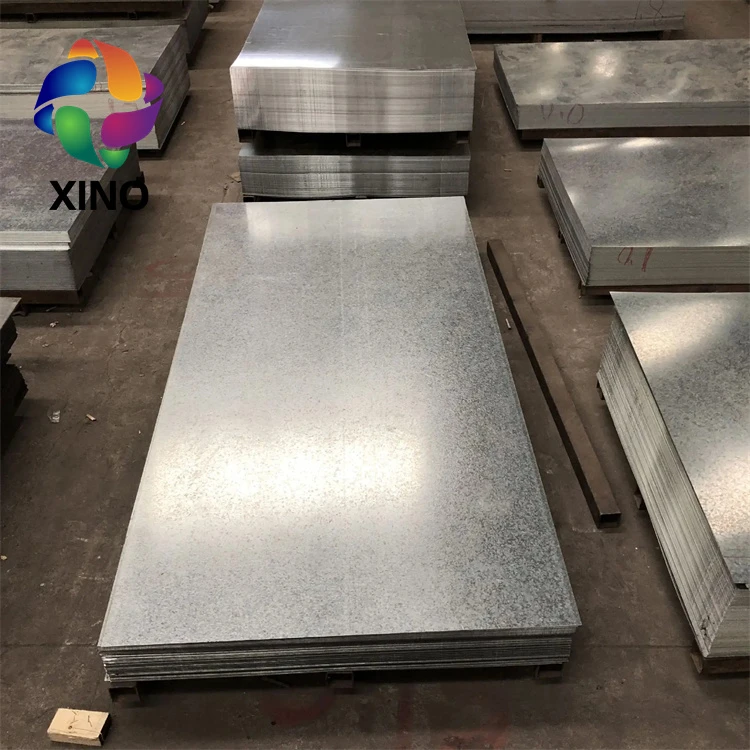
Why Choose China Xino Group's Hot Dipped Galvanized Steel Coils?
China Xino Group, established in August 2001, is a leading multinational enterprise, specializing in various steel products and engineering solutions. Our branch, QINGDAO XINO STEEL & IRON CO., LTD, is dedicated to producing high-quality coated steel products, including galvanized steel (GI), galvalume steel (GL), PPGI, and PPGL. With three production bases, six mills, and a total of 24 production lines, we boast an impressive annual output of 1.5 million tons.
We cater to diverse industries, providing not only high-quality products but also comprehensive solutions to meet specific customer requirements. Our galvanized steel coils are manufactured under stringent quality standards, ensuring they meet international benchmarks and client expectations.
Our Advantages
High Production Capacity: With an annual output of 1.5 million tons, we can handle bulk orders efficiently, ensuring on-time delivery.
Rigorous Quality Control: Our experienced team ensures every product meets strict international quality standards.
Competitive Pricing: We offer competitive pricing without compromising on quality, providing you with a cost-effective solution.
Comprehensive Solutions: Alongside our product range, we offer expert advice to help clients find the best solution for their projects, whether in construction, automotive, or other sectors.
Conclusion
Hot dipped galvanized steel coils are a versatile, cost-effective, and durable solution for a wide range of industries. With the global demand for these products rising, choosing the right supplier is critical. China Xino Group is dedicated to providing the highest quality products with unparalleled service, helping businesses thrive in a competitive market. Contact us today to find out how we can meet your steel needs.
Choose China Xino Group for all your hot dipped galvanized steel coil requirements. We provide high-quality, durable, and cost-effective solutions to meet your specific needs. Reach out to us today.

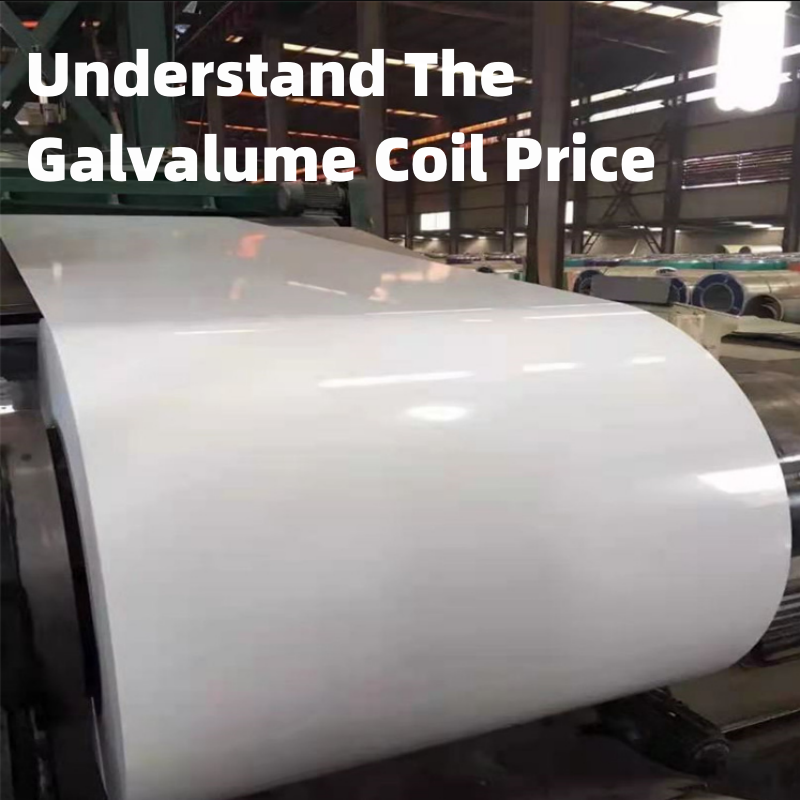
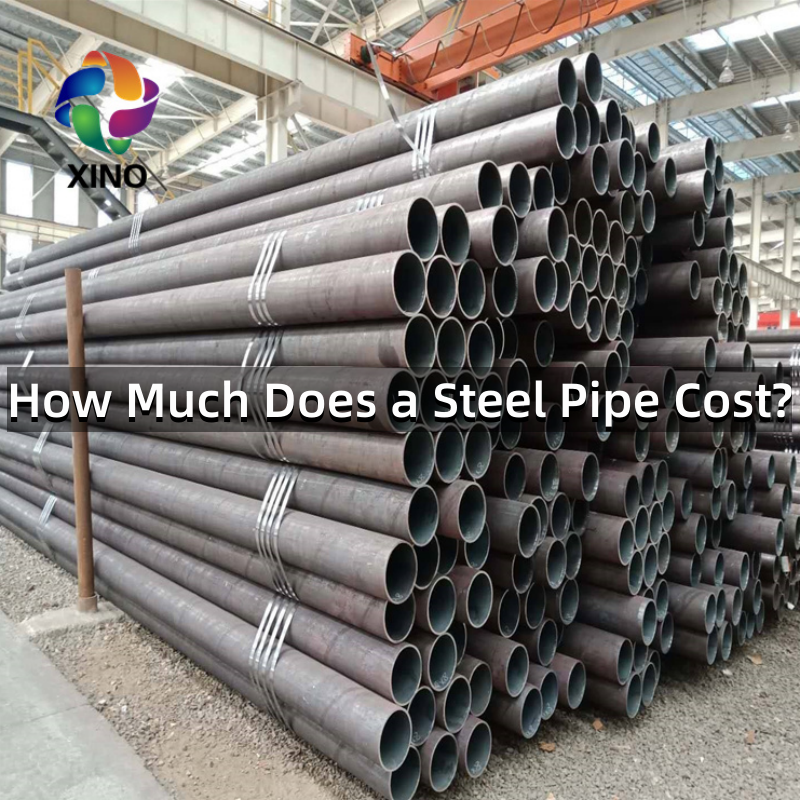
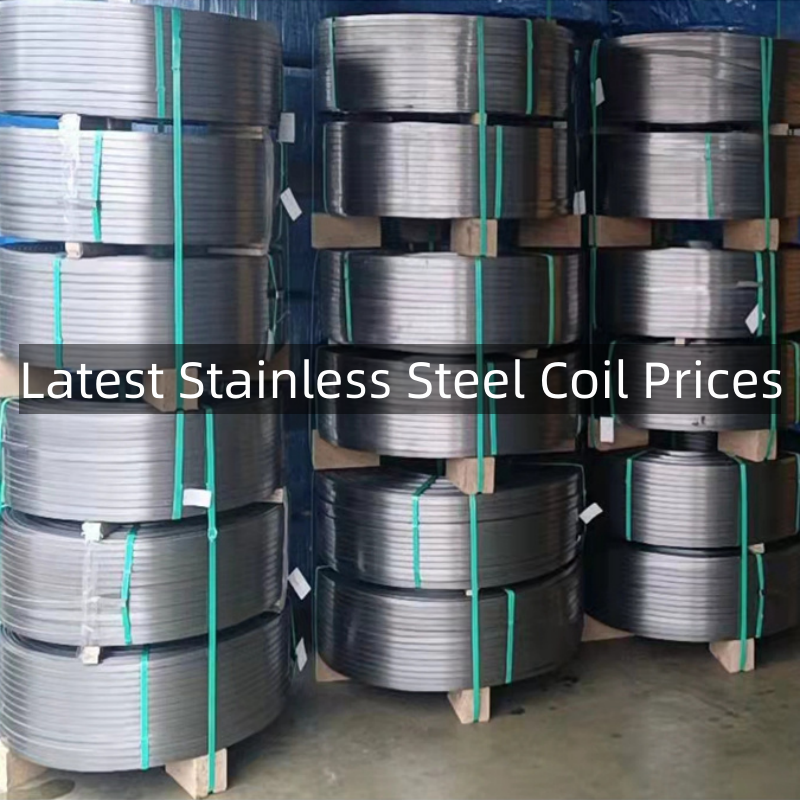
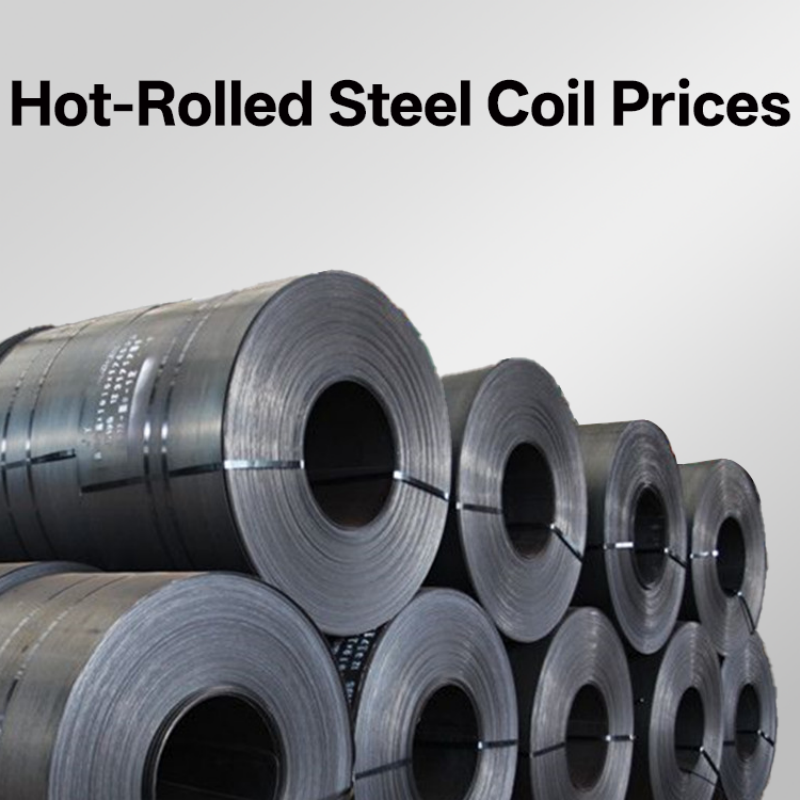
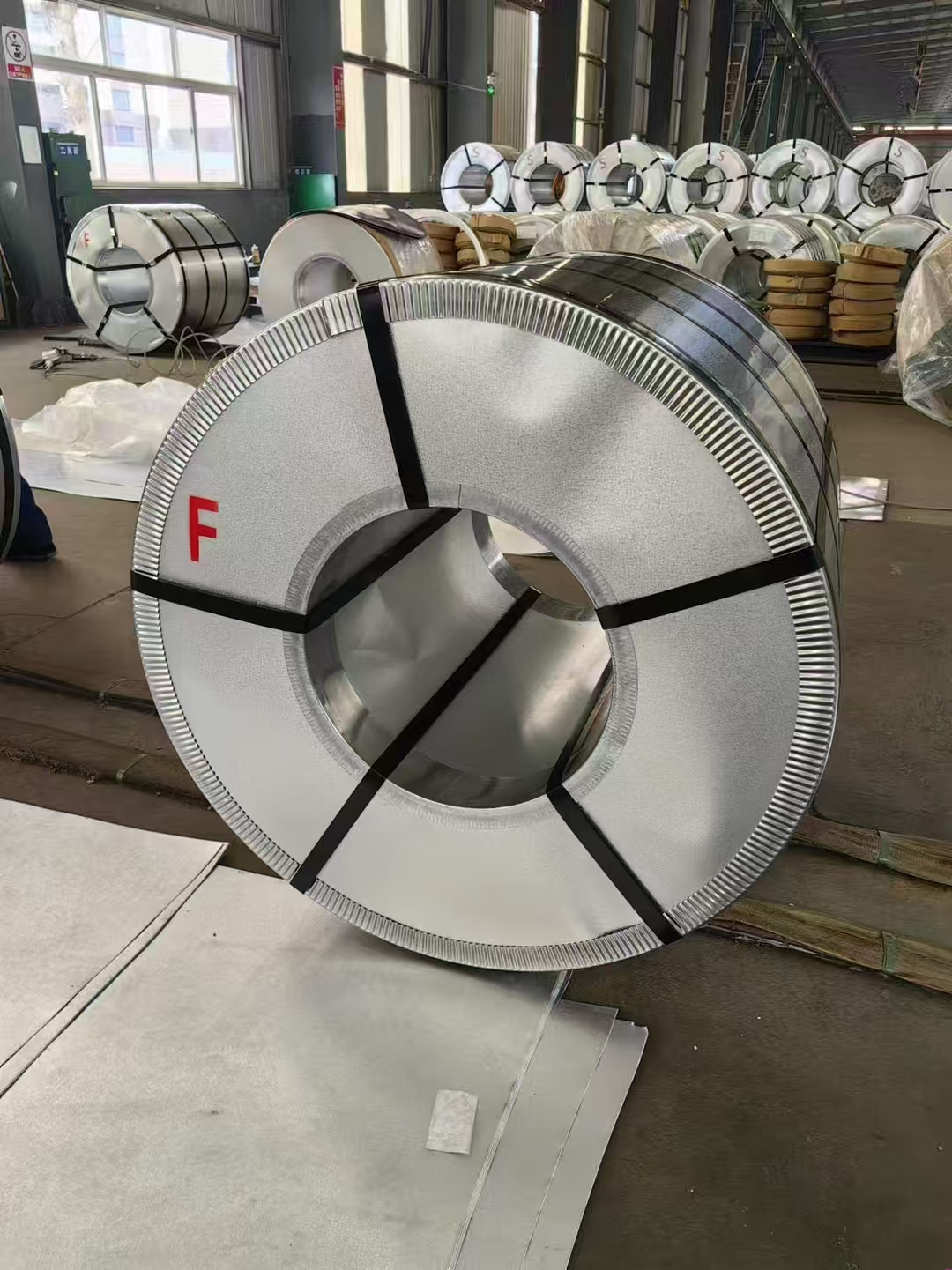

745.webp)
